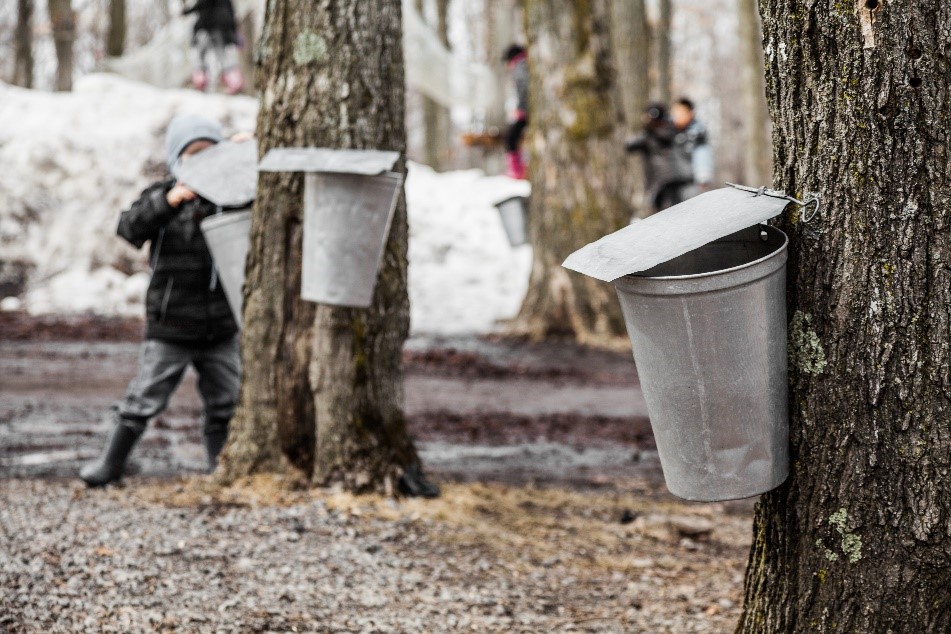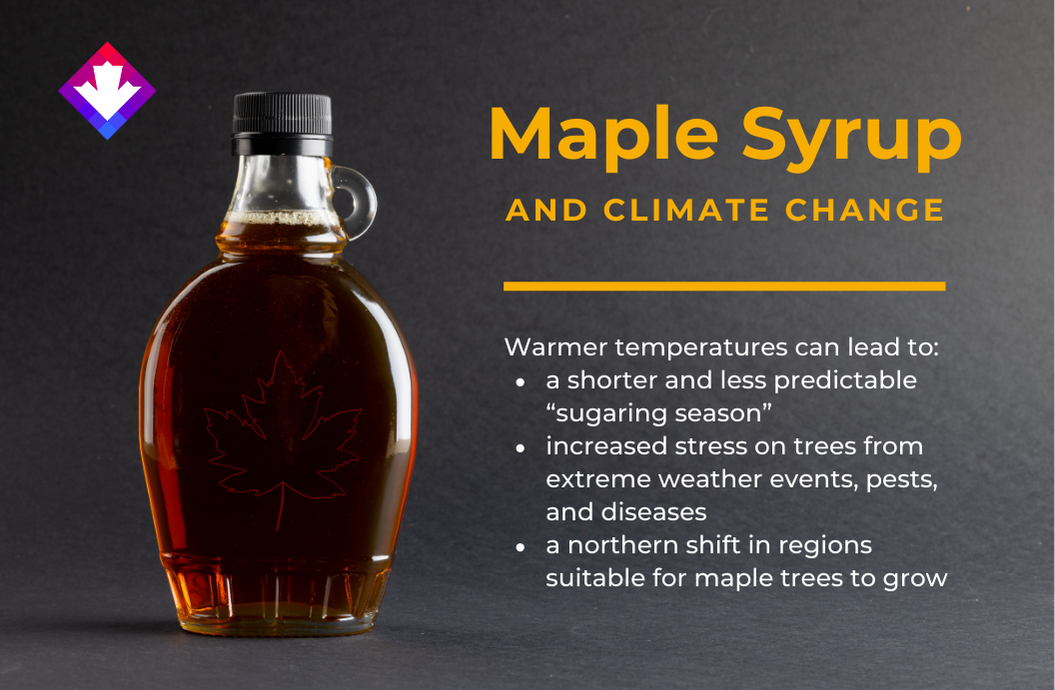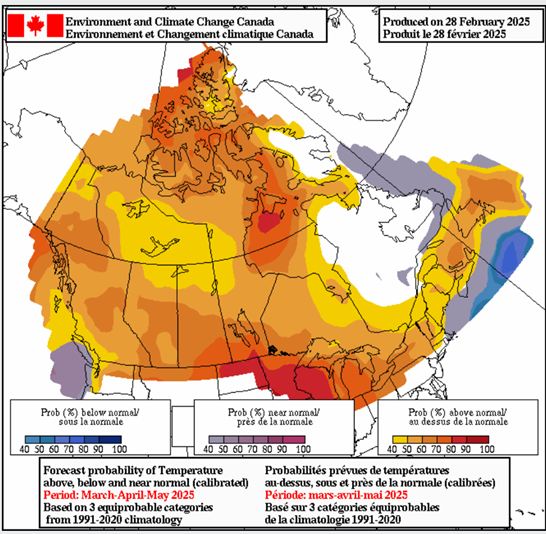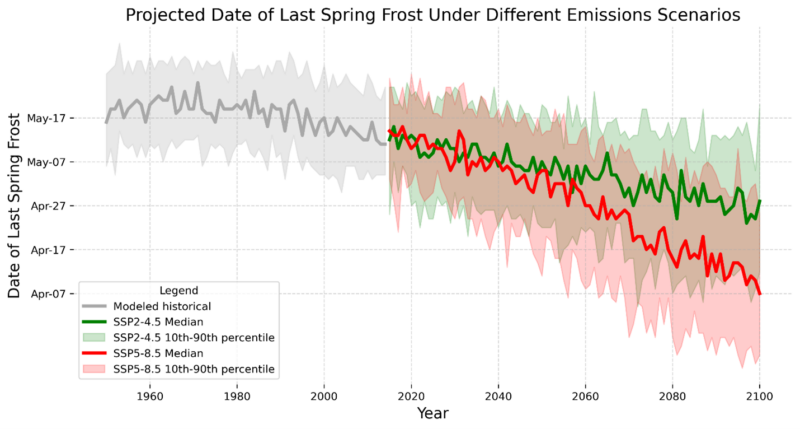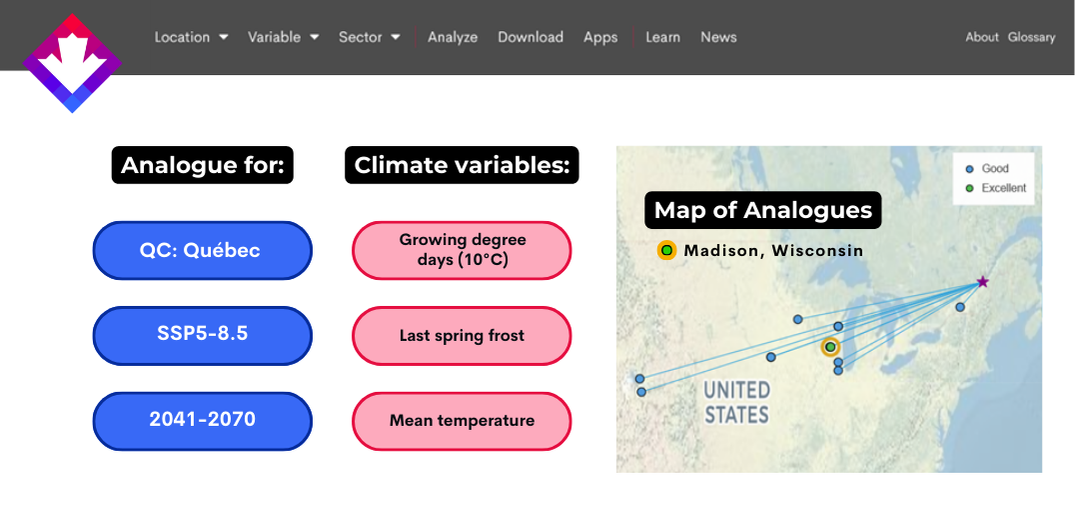References
[1] Agriculture and Agri-Food Canada. (2025). Statistical Overview of the Canadian Maple Industry 2023.
[2] Zhang, X., Flato, G., Kirchmeier-Young, M., Vincent, L., Wan, H., Wang, X., Rong, R., Fyfe, J., Li, G., Kharin, V.V. (2019): Changes in Temperature and Precipitation Across Canada; Chapter 4 in Bush, E. and Lemmen, D.S. (Eds.) Canada’s Changing Climate Report. Government of Canada, Ottawa, Ontario, pp 112-193.
[3] Environment and Climate Change Canada. (2024). Climate Trends and Variations Bulletin – Winter 2023-2024. ISSN: 2367-9794.
[4] Lada, R., Nelson,K., Thiagarajan, A. (2014). Climate Change Impacts on Maple Syrup Yield in Nova Scotia. Maple Research Program.
[5] Houle, D., Paquette, A., Côté, B., Logan, T., Power, H., Charron, I., & Duchesne, L. (2015). Impacts of climate change on the timing of the production season of maple syrup in Eastern Canada. PLoS One, 10(12), e0144844.
[6] Environmental Protection Agency (EPA). (2025). Climate Change Connections: Vermont (Maple Syrup).
[7] Pelletier, D. (2023). Maple Syrup is under threat. Radio Canada. Maple syrup is under threat | Radio-Canada.ca
[8] Legault, S., Houle, D., Plouffe, A., Ameztegui, A., Kuehn, D., Chase, L., Blondlot, A. and Perkins, T.D. (2019). Perceptions of U.S. and Canadian maple syrup producers toward climate change, its impacts, and potential adaptation measures. PLoS ONE, 14(4), e0215511. https://doi.org/10.1371/journal.pone.0215511
[9] Natural Resources Canada. (2025). Maple Syrup Production and Climate Change: Does the Future Taste as Sweet?
[10] Duchesne, L. et al. (2009). Modelling the effect of climate on maple syrup production in Québec, Canada. Forest Ecology and Management.
